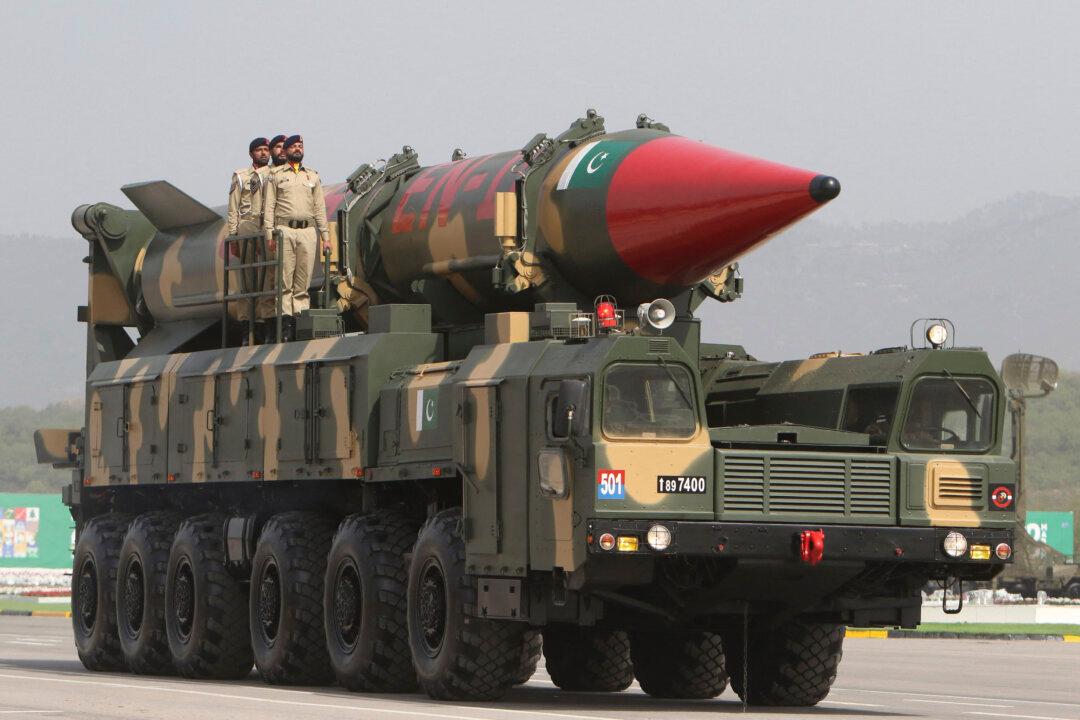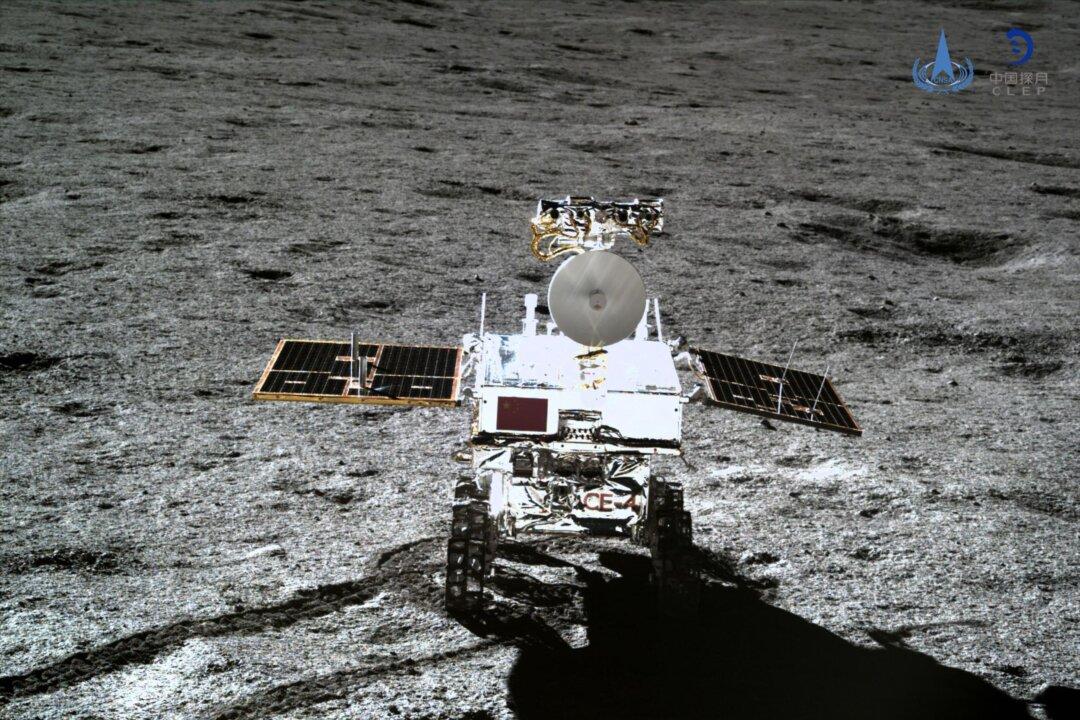This article is the second in a series of four reports on Airshow China, a biannual exhibition held in the city of Zhuhai, China.
New missile systems have been featured at all Zhuhai shows and were a significant part of the 12th Zhuhai Airshow, held Nov. 6 to 11. Zhuhai’s missile displays have usually been dominated by the China Aerospace Science and Technology Corporation (CASC) and the China Aerospace Science and Industry Corporation (CASIC).





